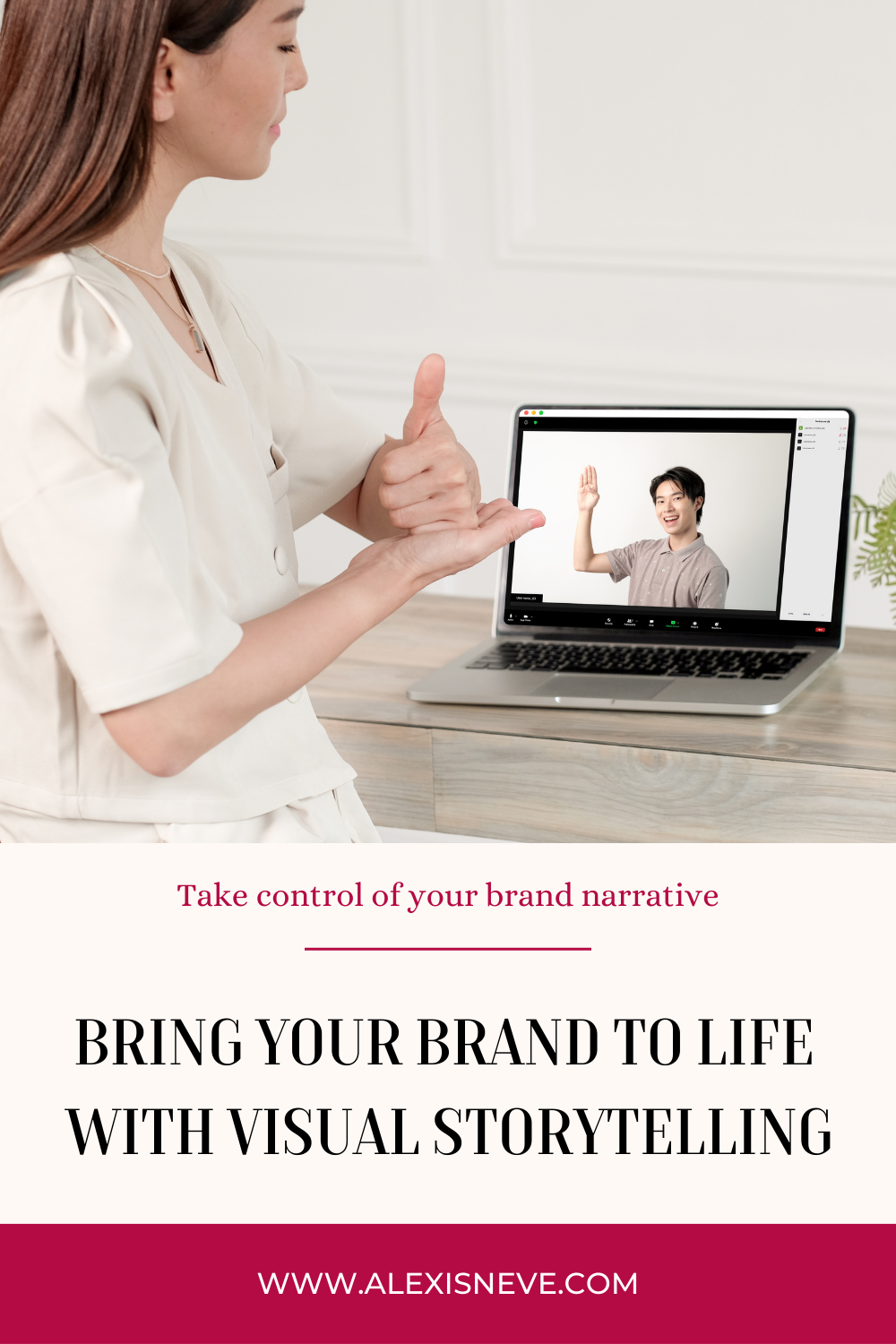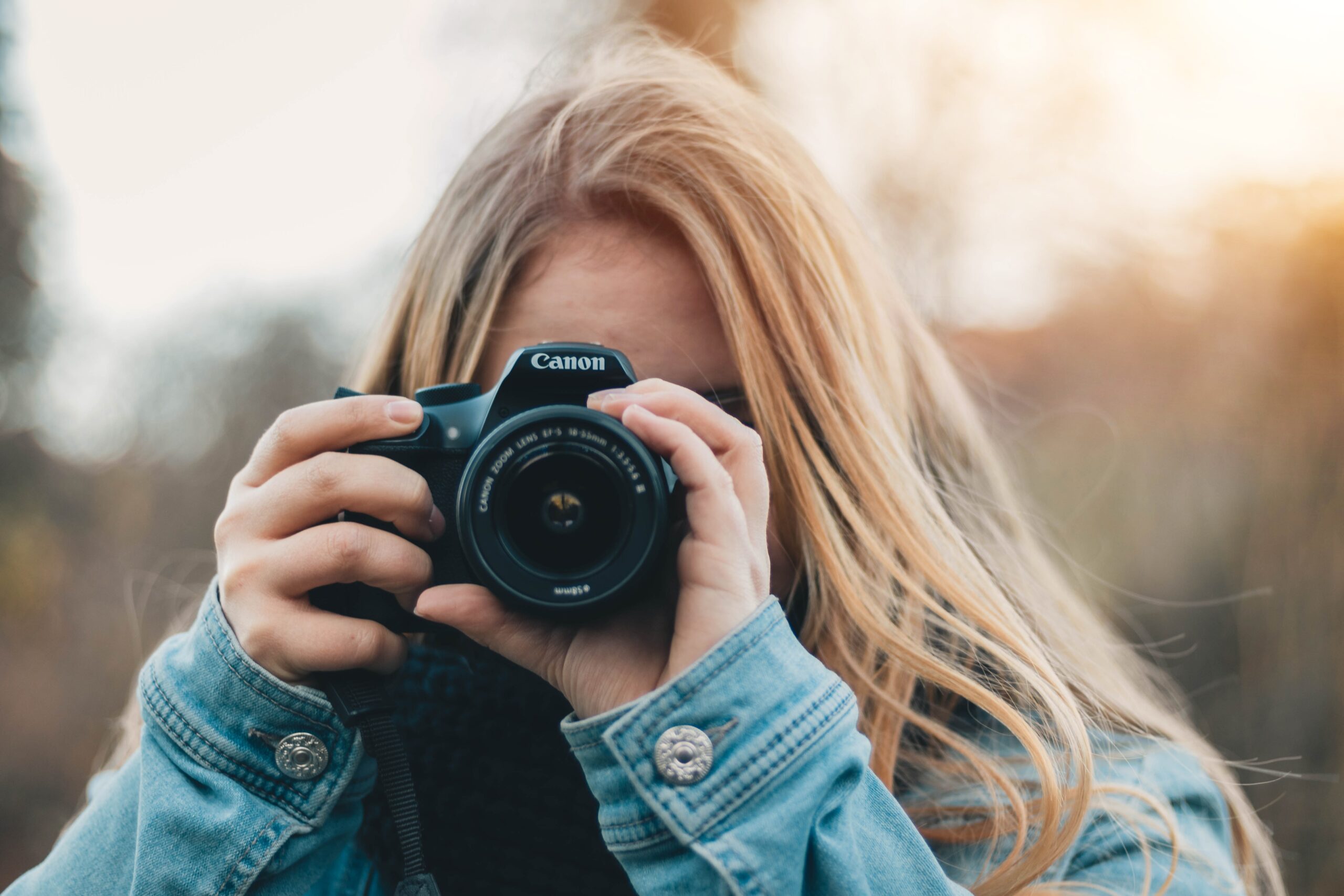In the final part of this series, we’ll explore how to bring your brand to life through visual storytelling. We’ll discuss how to create engaging and memorable visual content that tells your brand’s story, and how to use that content to build brand awareness and loyalty.
Part 1: The Power of Visual Brand Storytelling
Part 2: Crafting Your Visual Brand Identity
If you know me for less than 5 minutes you are likely to learn 3 things about me: I live and breathe Hakuoki, I’m a witch, and I love to tell stories. And hearing them. The reason why I love Hakuoki, which is a romance visual novel about a company of samurai in 19th century Japan, is that it’s just such a good story. And that all goes back to witchcraft for me, because witchcraft is a good story too.
And branding is a form of magic too, if you wish. I’ll talk more about that in the future, but for today I’m going to stick to the science-y marketing theory and talk about visual storytelling for brands.
The importance of Visual Literacy for Brand Storytelling
Visual literacy is the ability to read images like a language. Like languages, images have their own words and grammar and ways to make it have meaning. Some languages, like Chinese and Japanese for example, have what we’d think of as images as part of the language itself. Or the hieroglyphs from Ancient Egypt are an even more obvious example of an image-based language. In truth, however, all languages are based on images before they are based on words.
If you have been lucky enough to have an artistic education, you will know how to read an image, but if you need a refresher or you never had that kind of education, this video from the Museum of Art in Toledo will give you a quick rundown of the basics.
Using imagery to convey your brand’s message
In Part 2 I talked about branding psychology things like colours and fonts. You can harness those in your imagery too, of course, but brand photography allows you to reflect your brand’s values and resonate with your target audience.
When you think about marketing, what you are thinking about is writing a story where your client is the hero. They have a goal, enemies, allies, and you want to be one of the allies. You want your client to envision what life will look like after working with you, and you want that vision to be so compelling they are moved to act on it.
It’s easy to think of websites only needing to be pretty, but they need to be intentional.
How to select imagery that reflects your brand’s values and resonates with your target audience
You need 2 things: clarity and intentionality. In fact, we could make it 3 things by splitting the clarity into 2: clarity on who you are, and who your audience are. If you need more clarity on your brand, you can work through these 10 journal prompts to get to know yourself better and craft a personal brand.
As for your audience, you can start by niching down to a specific ideal client avatar and talking to them. If it’s someone you know who is genuinely your target audience, then even better since you can look at their actual behaviours.
It’s not about copying what other brands they like are doing, although being inspired by them is fine. I love the aesthetic of a number of business witches for whom I’m the target audience even if my own branding isn’t as dark and moody and bad bitch as theirs.

Questions to ask to evaluate your images for visual storytelling
Whether it’s stock photography or you’re looking through your new personal branding photoshoot, there are 3 questions to ask when figuring out whether to use and image and where.
- What’s the goal of the post/page?
- What emotion does my ideal client need to feel to achieve that goal?
- Is this the best image/combination of images to achieve that?
The third question is also good to ask about the overall vibe you are creating with your website, especially if you are planning to get a photoshoot done. If you’re working with me as your branding photographer that’s my approach. I have 10 years experience in marketing and have built multiple brands in that time, I know how to think holistically about a photoshoot. But if not, it’s imperative to individuate your needs and then ask your photographer to meet them.
Use visual literacy to tell a story
It may be harder to do with a single image, although it is possible, but when you’re thinking of consistent visual branding you can think of it in terms of telling a story.
Many marketers will tell you that your branding is not about you, it’s about your client, and to an extent I agree. People are only interested in you in relation to them. But think of it like a multi-cast story: there is always a clear protagonist, but that protagonist can be a collective of people.
You can think of your role in your brand story and your clients’ role in your brand story like the difference between a sitcom and a stand-up comedy show. And even the latter brings in the audience as part of the story anyway. Communication never happens in a vacuum.

Your brand story can switch point of views and highlight you and your customer as it’s most impactful. You can do that literally in your copywriting, but also with the images you choose.
Some show you, some showcase your work and the impact it has on your clients, some will just be on brand fillers that reinforce your brand awareness by setting the mood.
The end result of a good collection of images that make up good brand visual storytelling is one that makes the client feel about you the way a good story makes us feel: inspired and fulfilled.
To Recap…
Marketing across your channels is like writing a story where your client is the hero and you’re one of your main allies. Looking at the big picture and being intentional with an overall strategy helps you select the right images to match the emotion you want your client to feel at any specific touchpoint, as well as collectively as a brand.






